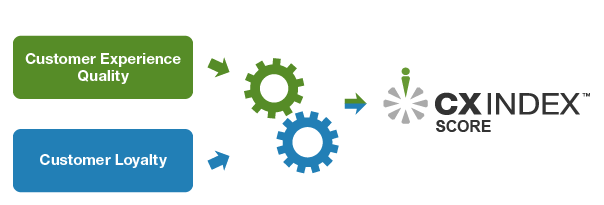How Much Are Bad Customer Experiences Hurting Your Business? Forrester’s CX Index™ Knows
We have all experienced it — a bad customer experience. Websites like Consumerist.com describe in empathy-inducing detail the “turmoil” that consumers experience, whether it be a customer having tape-recorded proof of a promise of service but the company stating they made no such promise or a company cancelling thousands of reward accounts due to insufficient proof of age, despite the inability of the customer to insert the required information.
When reading these stories, I always wonder, “Why is Company X not getting it?” Bad customer experiences are financially damaging to a company. However, what I have learned over the years, especially when talking to my colleagues on Forrester’s CX team, is that fixing customer experience is hard work. Customer experience requires sustainable discipline, investment, and a repeatable system of measurement — and most companies do not know where to start or how to get better.
To help companies with this challenge, my colleague Megan Burns and I went through a complex exercise of building a system of measurement that companies can use to diagnose the quality of their customer experience and understand how to improve it. The result is Forrester’s Customer Experience Index (CX Index™).
At Forrester, we believe that true measures of customer experience need to focus on and capture customers’ perceptions of an interaction with a company. But we also know that the ideal customer experience can’t just be good for customers — it has to deliver revenue for the business, too. To reflect this reality, our CX Index measures:
How well a company delivers customer experiences that create and sustain loyalty.
Put simply, the higher a brand’s CX Index score, the more its customer experience helps win, serve, and retain customers. Conversely, the lower a brand’s CX Index score, the more money the brand leaves on the table from lost sales and lost customers.

Our systematic, actionable system of measurement examines customer experience quality and its relationship with customer loyalty and helps companies differentiate and succeed in the age of the customer. The CX Index helps companies answer three critical questions:
● How good is your customer experience?
● Why is it good or bad?
● How can you improve your CX quality?
Over the next several months, I will publish a series of blog posts that detail our approach to assessing customer experience with the CX Index framework and show how this measurement system helps companies determine the right course of action — one that will drive loyalty, revenue, and profits.
If you are interested in more details about the CX Index and how you can leverage it for your brand now, please contact me.